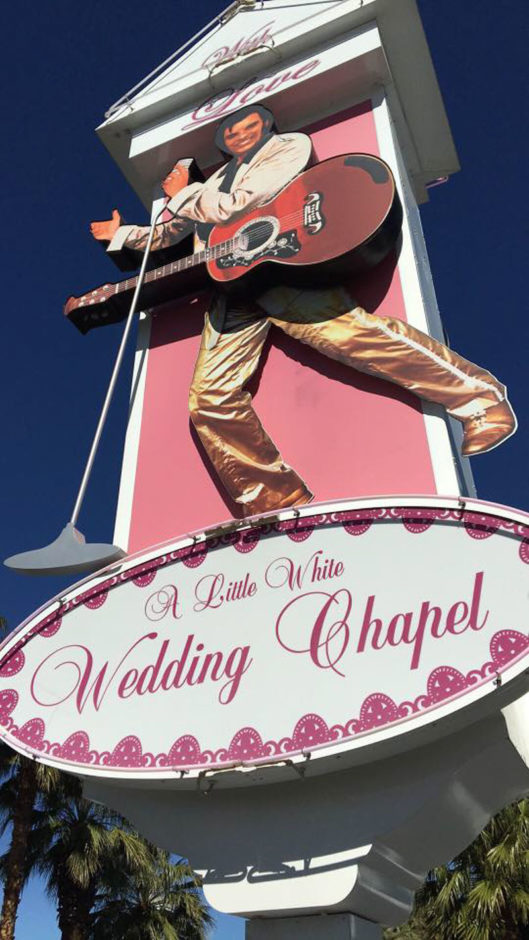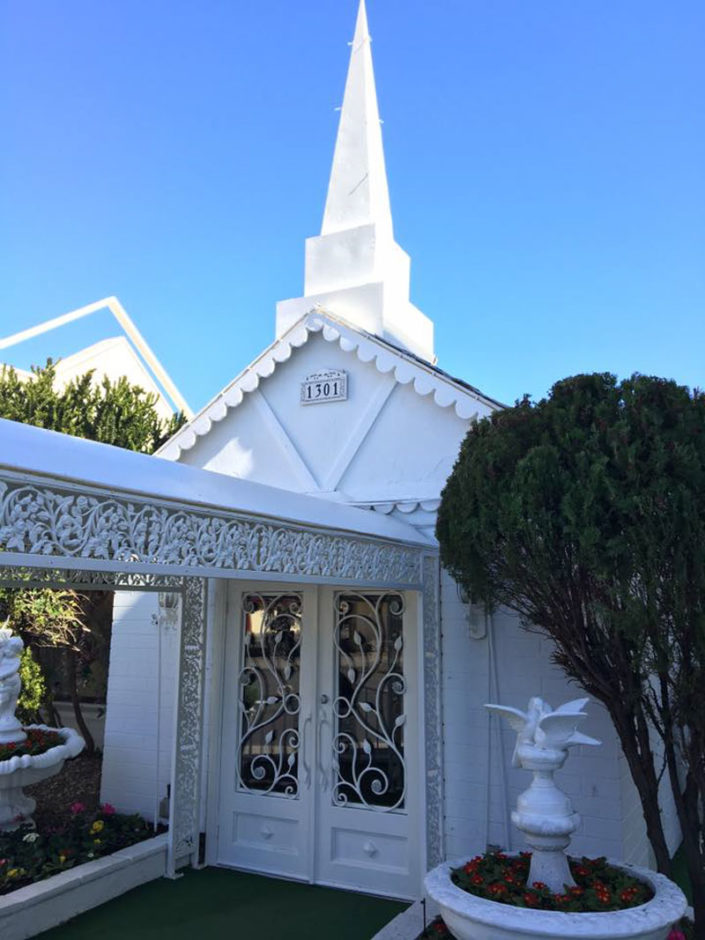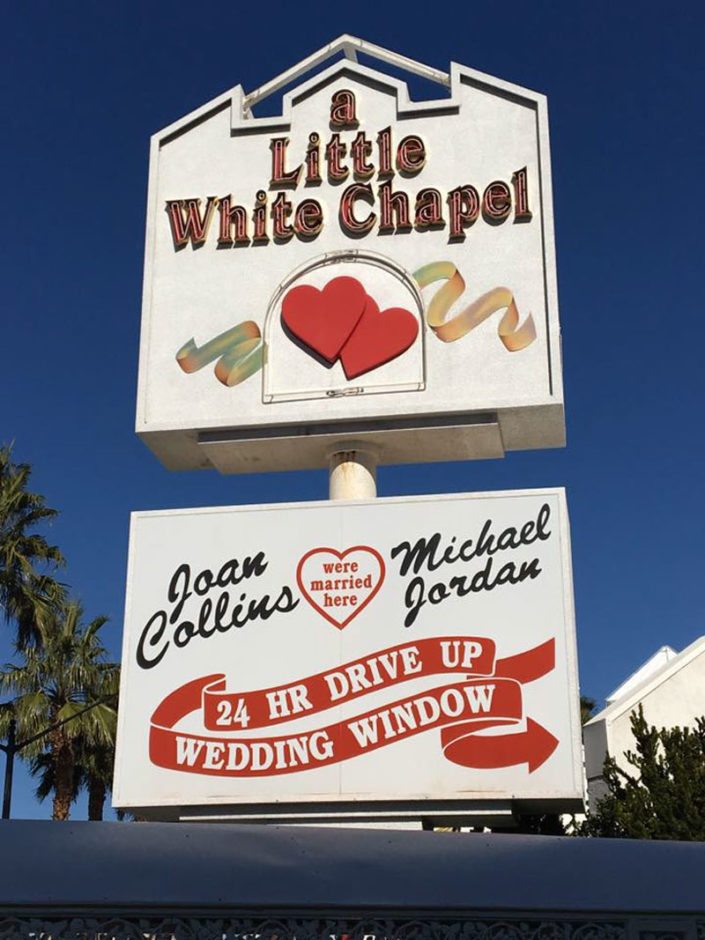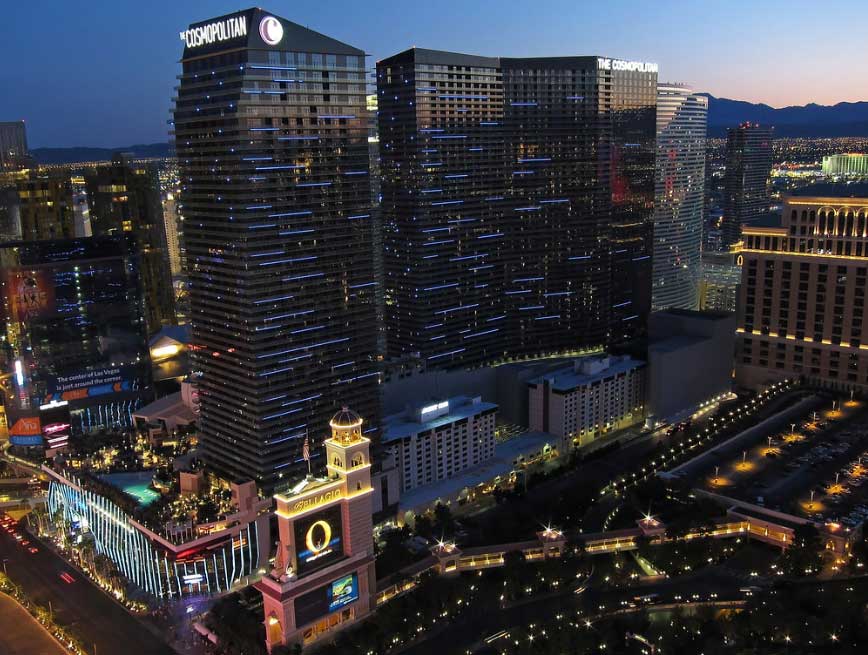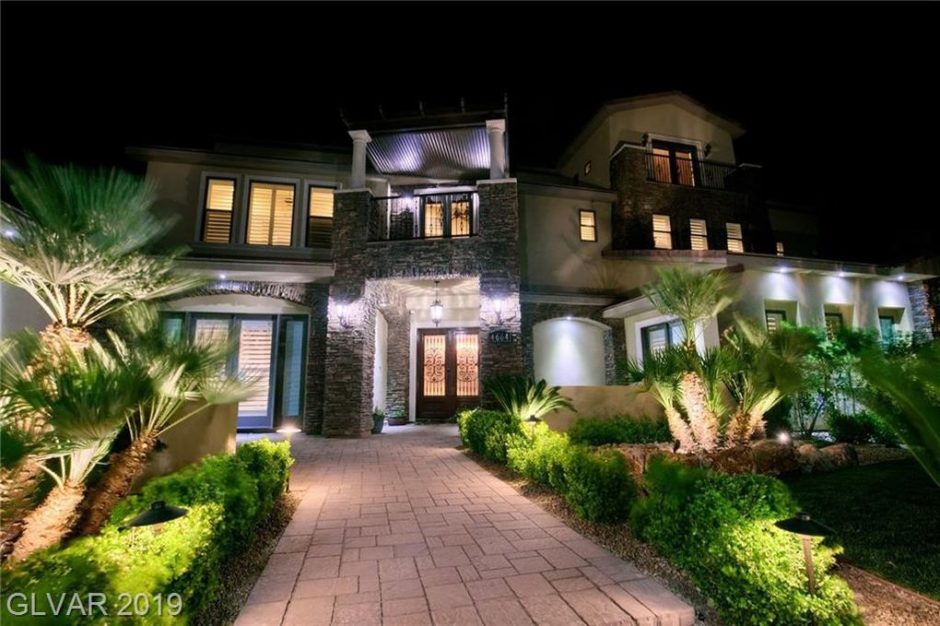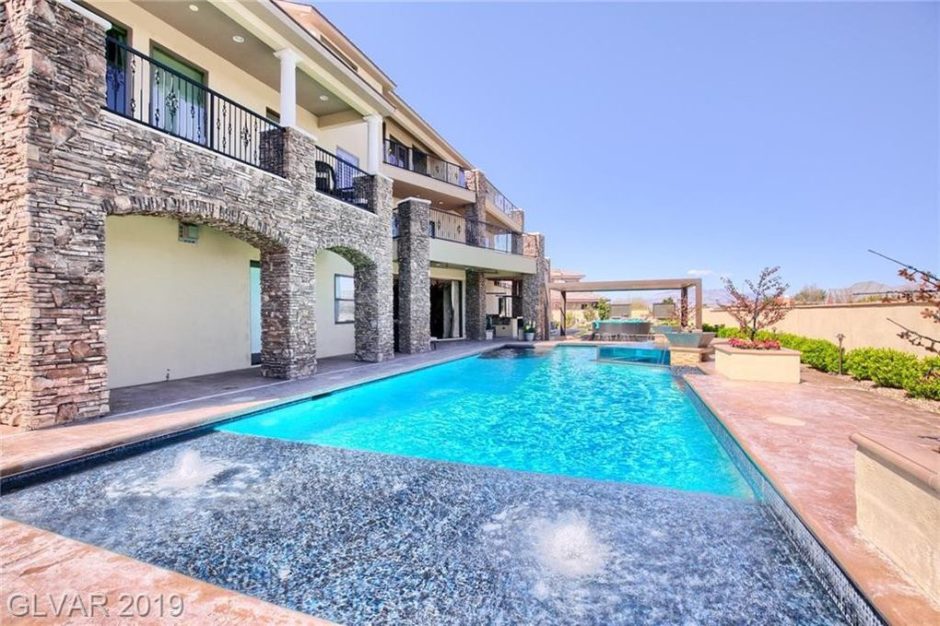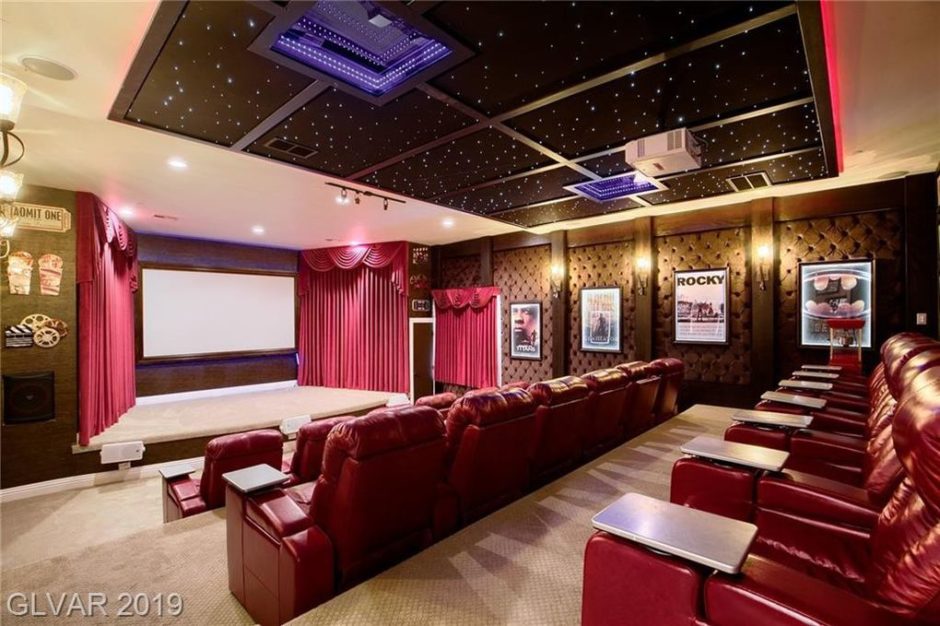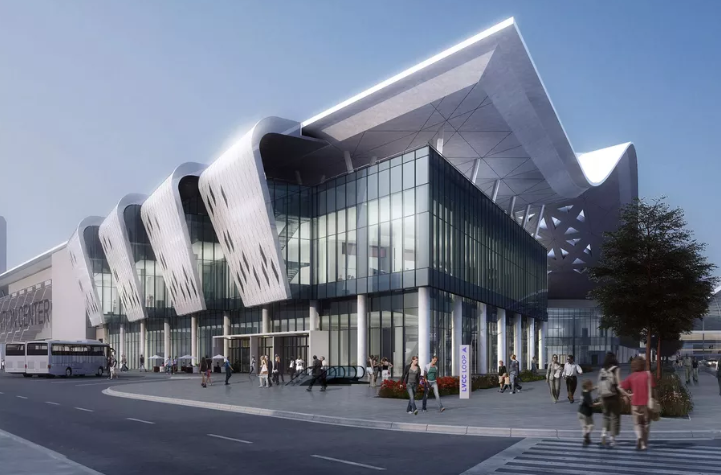LAS VEGAS – Work on the Las Vegas Stadium – the near-future home of the famed Oakland Raiders National Football League (NFL) team – has entered what the reports are referring to as the “most difficult” and “most dangerous” phase of its ongoing construction efforts. Since breaking ground on the new $2 billion, 65,000-seat stadium on Nov. 13, building crews are set to begin elevating 22 canopy trusses – each weighing 65 tons apiece – in order to affix them to the rim of the stadium at its highest points, many of which are as high as 120 feet off the ground.
These efforts require complex and exceedingly precise work between multiple departments involved in the construction of the stadium, such as the engineers, supervisors, iron workers, and more, all while taking into consideration the weather on any given day as rain or even minor shifts in wind velocity can have a major effect when working with the canopy trusses at such heights. Reports note that work can only take place at times when winds are lower than a sustained 17 miles per hour, for example. Regardless, lifting and affixing the canopy trusses will be relatively unique each and every time it is done, with work crews having to take into consideration any number of random variables that may not have been anticipated during the initial planning stages.
In addition, the canopy trusses must be put in place with extreme precision in order to incorporate them into the enormous translucent roof of the stadium, which will enable natural light to permeate the interior in order to give attendees the feeling of being outdoors. The roof is currently slated to be constructed on the floor of the stadium, and once the canopy trusses are in place, the roof will be lifted and affixed to them. Placement of the canopy trusses is slated to be completed by July 31.
Work on the stadium is currently going according to schedule, reports say, with anticipation of the Raiders playing the opening game of their 2020 season there. Anticipation of a major NFL team now calling Las Vegas home has helped to spark the local Las Vegas economy, driving businesses and tourism to the region and greatly increasing the city’s fortunes since its come back from the mid-2000s recession.
Shelter Realty is a Real Estate and Property Management Company specializing in the areas of Henderson, Las Vegas and North Las Vegas, NV. Feel free to give us a call at 702.376.7379 so we can answer any questions you may have.

